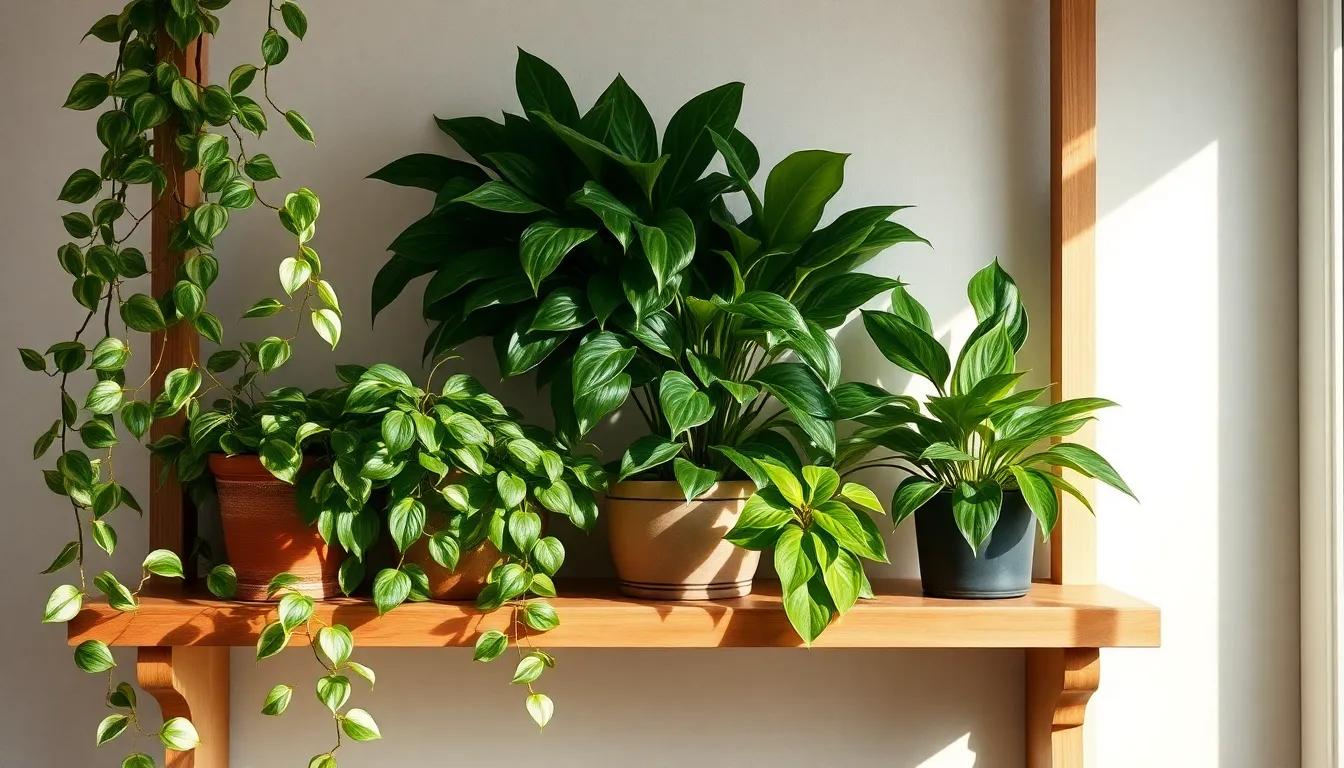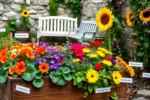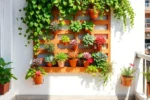Welcome to the lush world of indoor gardening, where even the shadiest corners of your home can burst into life! Whether you’re a seasoned plant enthusiast or taking your first steps into the world of greenery, discovering plants that thrive without direct sunlight opens up endless possibilities for bringing nature indoors. These resilient beauties offer a perfect solution for those with limited access to natural light, turning dimly-lit spaces into vibrant, living sanctuaries.
In this article, we’ll explore a selection of indoor plants that not only survive but flourish in low-light conditions. You’ll learn how to choose the right species for your home, as well as tips on how to care for them, ensuring they remain healthy and thriving. By the end, you’ll be equipped with the knowledge to transform even the darkest corners of your home into a verdant paradise. Whether you have a bustling apartment or a cozy cottage, you’ll find practical guidance to make your indoor garden dreams a reality.
Understanding Low-Light Plant Needs
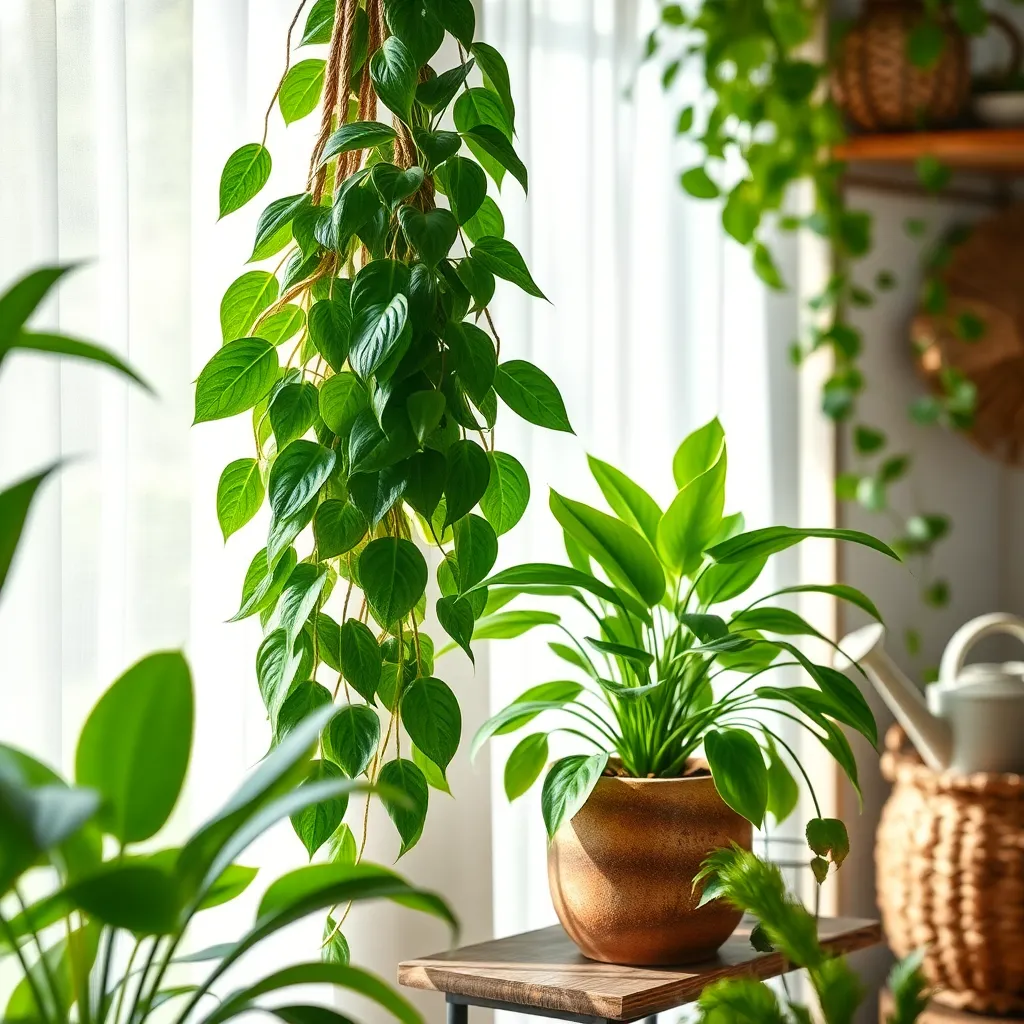
Understanding the needs of low-light plants is crucial for their thriving indoors. Many indoor plants have adapted to survive in lower light conditions, making them perfect choices for dimly lit spaces.
One key aspect of caring for these plants is choosing the right location within your home. Avoid placing them in direct sunlight as this can damage their delicate leaves, preferring instead spots with indirect light or shaded areas.
When it comes to soil, these plants often thrive in a well-draining mix to prevent root rot. Consider a soil blend with peat moss and perlite to ensure good aeration and moisture control.
Watering needs for low-light plants can vary, but a general rule is to allow the top inch of the soil to dry out between waterings. This helps prevent overwatering, which is a common mistake with these types of plants.
For those looking to fine-tune their plant care, consider using a moisture meter to check soil humidity levels more precisely. This can help you customize your watering schedule based on the plant’s specific needs, ensuring optimal growth and health.
Top Indoor Plants for Dim Spaces
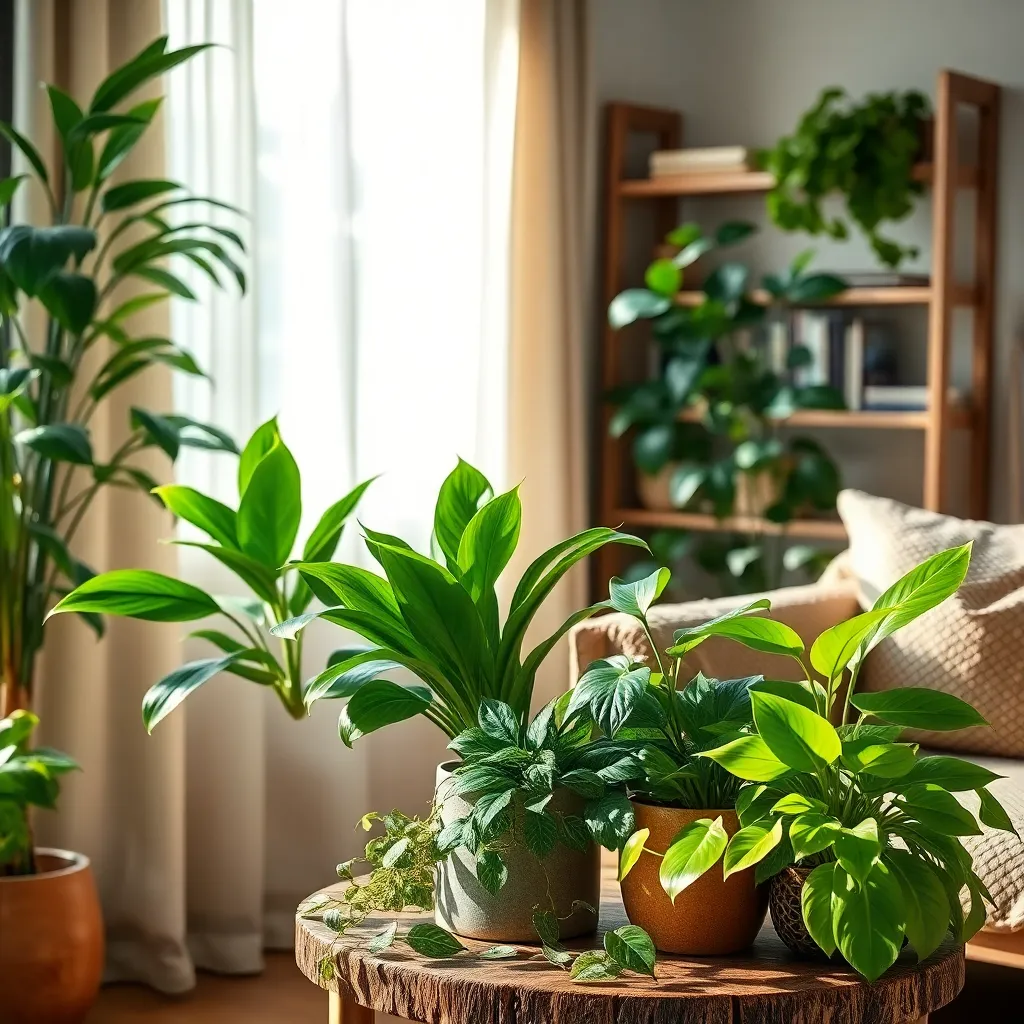
When tackling dim indoor spaces, the Snake Plant (Sansevieria) is a resilient choice. Known for its tolerance to low light and irregular watering, this plant is perfect for beginners aiming to add greenery without high maintenance.
To thrive, Snake Plants prefer well-draining soil, such as a cactus mix, to prevent root rot. Watering every two to three weeks is sufficient, allowing the soil to dry completely between waterings, which helps in maintaining their health.
Another great option is the Zamioculcas Zamiifolia, commonly known as the ZZ Plant. Its glossy leaves not only add aesthetic appeal but also survive in areas with minimal light, making it an ideal choice for dim corners of your home.
For those seeking a touch of elegance, consider the Cast Iron Plant (Aspidistra elatior). This plant is renowned for its ability to withstand neglect, thriving in a range of temperatures and low-light conditions.
To ensure optimal growth, plant your Cast Iron Plant in a pot with good drainage and use a standard potting mix. Water moderately, keeping the soil slightly moist but not waterlogged, and fertilize once a month during the growing season to encourage robust growth.
If you’re looking to add a bit of tropical flair, the Pothos (Epipremnum aureum) is easy to manage. Its trailing vines adapt well to low-light environments, and they can be trained to climb or cascade, enhancing vertical space in your indoor garden.
Pothos prefers a well-draining potting mix and should be watered when the top inch of soil feels dry. For advanced care, consider pruning the vines to promote bushier growth and propagating cuttings in water or soil to expand your collection.
Care Tips for Shade-Loving Greens
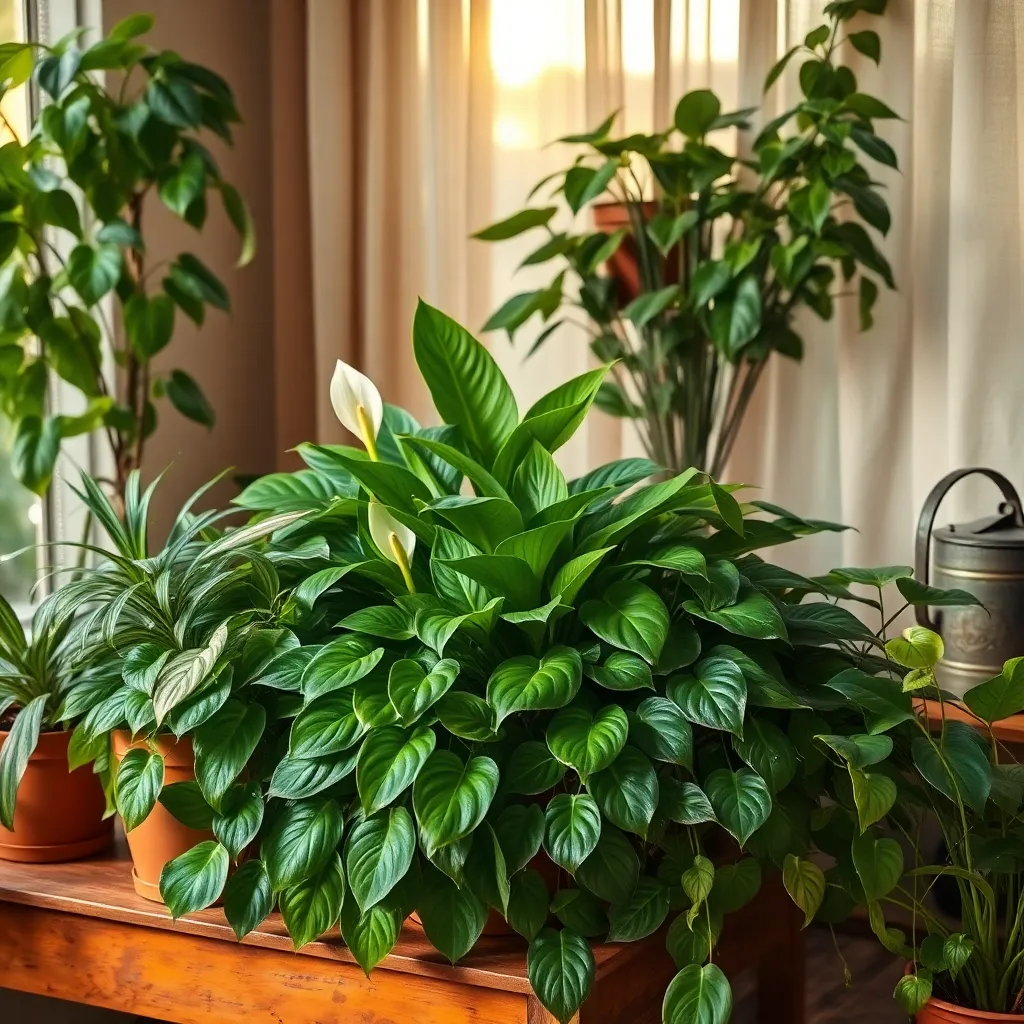
When caring for shade-loving greens indoors, it’s crucial to understand their specific needs. These plants thrive in low-light conditions, making them perfect for apartments and rooms with minimal sunlight.
Choosing the right soil is essential for the health of your shade-loving plants. Opt for a well-draining potting mix with added perlite or sand to prevent waterlogging and root rot.
Watering should be adjusted to the plant’s specific requirements, as overwatering is a common mistake. Allow the top inch of soil to dry out before giving your plants a drink, ensuring they receive enough moisture without drowning their roots.
Humidity is another factor to consider for indoor plants that shy away from the sun. You can increase humidity by grouping plants together or placing a small humidifier nearby, which helps mimic their natural habitat.
Regularly dusting the leaves will keep your plants healthy and looking their best. This simple task ensures that leaves can efficiently photosynthesize, even in low-light conditions.
For those looking to go beyond the basics, consider fertilizing your shade-loving greens with a diluted liquid houseplant fertilizer every month during the growing season. This will provide them with the necessary nutrients to thrive indoors.
Creative Placement Ideas for Low-Light

Consider placing low-light plants in areas that receive indirect light, such as near north-facing windows. These spots typically offer just the right amount of diffused light for plants like snake plants and pothos to thrive.
Hallways can also be excellent locations for low-light plants, provided there’s occasional artificial light. Placing plants like ZZ plants or peace lilies in these areas can enhance the space while keeping the plants healthy.
Bathrooms with small, frosted windows can be a surprising haven for shade-loving plants. The humidity from showers can be beneficial, especially for plants like ferns and spider plants, which thrive in moist environments.
For those with limited window space, artificial lighting can be a game-changer. Utilize LED grow lights to supplement natural light, providing the necessary illumination for your plants to photosynthesize effectively.
Consider placing your low-light plants on bookshelves or in corners to add greenery without needing direct sunlight. These locations are perfect for plants like cast iron plants that can adapt well to lower light levels while still contributing to the room’s aesthetic.
Troubleshooting Common Low-Light Issues
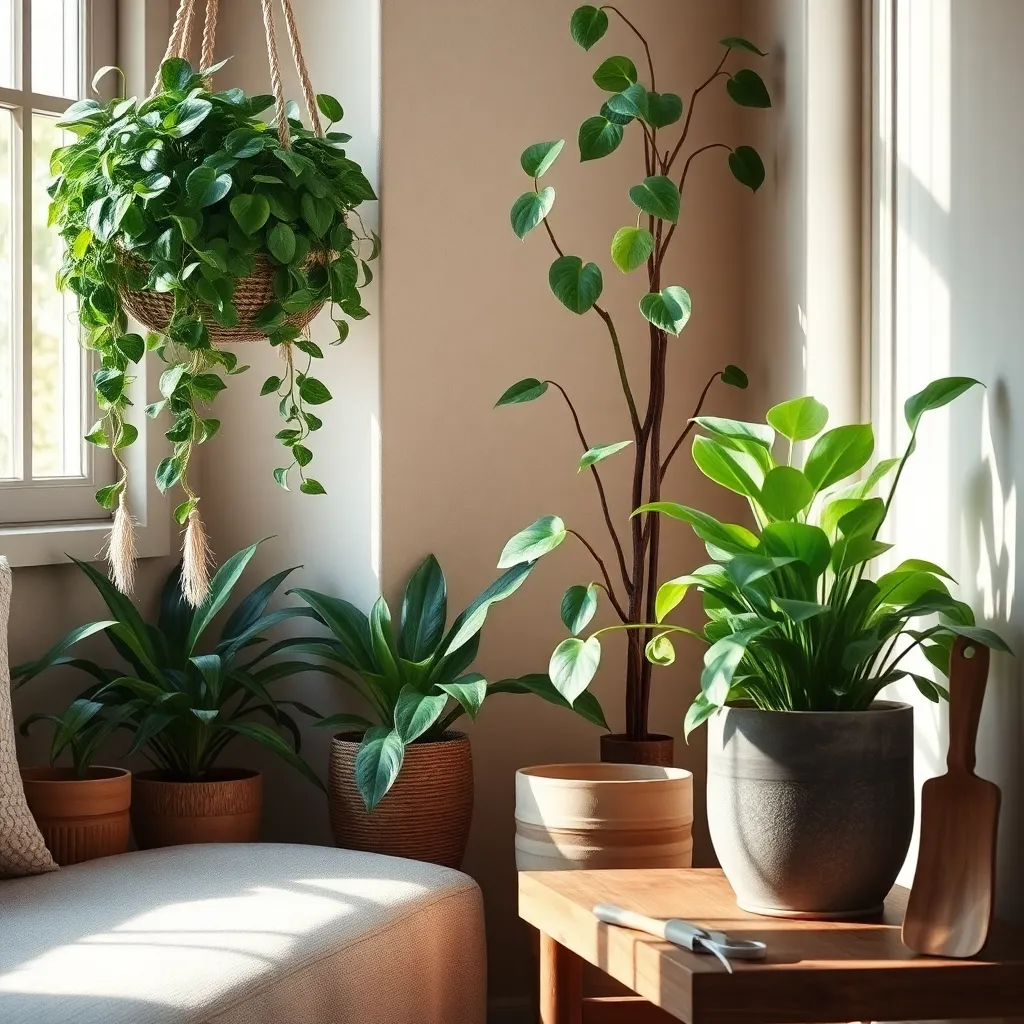
One common issue with low-light indoor plants is leggy growth, where the plant stretches towards available light. To combat this, rotate your plant every week to ensure all sides receive even light exposure.
Another problem that may arise is yellowing leaves, often a sign of overwatering. In low-light conditions, plants require less water, so adjust your watering schedule to allow the top inch of soil to dry out between waterings.
If your plant appears to be losing leaves, it’s crucial to check the humidity levels in your home. Low-light plants often thrive in higher humidity; consider misting the leaves or placing a humidifier nearby to maintain optimal conditions.
For advanced care, consider the use of grow lights to supplement natural light, especially during darker months. Position these lights about 6 to 12 inches above your plants, ensuring they run for 12-16 hours a day to mimic natural sunlight.
Conclusion: Growing Success with These Plants
In exploring the nurturing world of indoor plants that thrive without sunlight, we unearthed five key relationship concepts that mirror the care and attention required for flourishing bonds. First, like resilient plants, relationships thrive in diverse environments, embracing adaptability. Second, consistent care—whether through conversation or watering—nurtures growth. Third, understanding individual needs, much like plant species, ensures personalized nurturing. Fourth, patience proves crucial; just as plants slowly flourish, relationships deepen over time. Lastly, atmosphere matters—the ambiance you create influences both plant vitality and relationship harmony.
To bring these insights to life, consider scheduling a weekly “relationship check-in” where you and your partner explore these concepts together, ensuring your bond remains vibrant and resilient.
We invite you to bookmark this article as your go-to guide for nurturing both your indoor garden and your relationships. With these practices, you’re not just tending to plants but cultivating a fulfilling and enduring partnership. Remember, just as the right plant can brighten a room, a strong relationship can illuminate your life. Embrace these insights today, and watch your relationship bloom into success and happiness.

